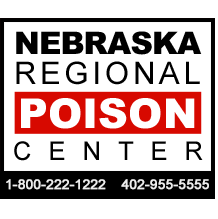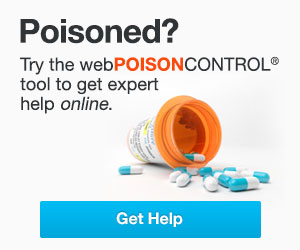A Silent Summer Killer
The highest percentage of carbon monoxide exposures occur during the winter months. However, carbon monoxide exposures can happen any time of year, especially during natural disasters and power outages. It is imperative that the citizens understand the dangers, the symptoms and how to prevent poisoning from carbon monoxide.
Symptoms of carbon monoxide poisoning include sleepiness, headache, dizziness, blurred vision, vomiting, shortness of breath and convulsions. The first step in treating carbon monoxide poisoning is getting the victim to fresh air. Then seek medical attention immediately.
Carbon monoxide is a gas produced when fuels burn incompletely. It has no color, taste or smell. The major causes of carbon monoxide poisoning in the summer may include:
• Gas powered generators indoors
• Lack of ventilation in a car
• Using a charcoal grill indoors
• Using propane cooking equipment in enclosed areas (i.e. tents or campers)
• Boat exhaust fumes and onboard generators
• Malfunctioning appliances with pilot lights (i.e. water heater or gas stoves)
The Poison Center offers the following suggestions to help prevent carbon monoxide poisoning:
• Inspect all fuel-burning equipment yearly.
• Vent fuel-burning heaters to the outside.
• Do not use a gas-powered equipment indoors without proper ventilation.
• Never use a charcoal grill or hibachi inside.
• Install carbon monoxide alarms on every level of your home.
• Never leave a car running in an attached garage, even with the garage door open.
• Have the vehicle muffler and tailpipes checked regularly.
Symptoms of carbon monoxide poisoning resemble those associated with other health conditions that are common among the elderly, especially in the winter. The carbon monoxide death rate is highest among people greater than 65 years of age.
If you suspect carbon monoxide poisoning or if you have any questions, contact the Nebraska Regional Poison Center toll-free at 1-800-222-1222.


Leave a Reply
Want to join the discussion?Feel free to contribute!